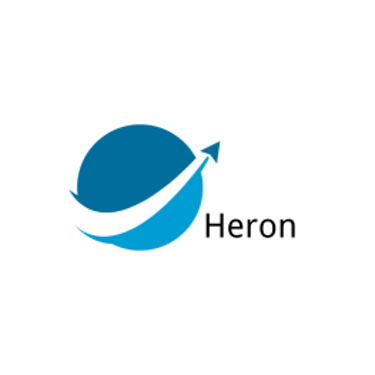Innovations in Elevator Cable Technology
As buildings become taller and more complex, the demand for advanced and reliable elevator cables has never been greater. Elevator cables are crucial components that ensure the safe and efficient operation of elevators, and recent innovations in this field are revolutionizing the way we think about vertical transportation. In this blog post, we will explore the latest advancements in elevator cable technology, their benefits, and how they contribute to improved performance and safety.
9/6/20241 min read


1. Advanced Materials for Enhanced Performance
High-Strength Fibers
One of the most significant innovations in elevator cable technology is the development of high-strength fibers. These advanced materials, such as aramid fibers and carbon composites, are now being used to enhance the strength and durability of elevator cables. High-strength fibers offer superior tensile strength while maintaining a lightweight profile, which is crucial for modern high-speed elevators.
Benefits:
Increased load capacity: High-strength fibers allow cables to support heavier loads without increasing their diameter.
Reduced weight: Lighter cables contribute to energy efficiency and ease of installation.
Enhanced durability: Improved resistance to wear and tear extends the lifespan of the cables.
Flexible Insulation Materials
Innovations in insulation materials have also played a pivotal role in the advancement of elevator cables. New types of flexible insulation materials, such as thermoplastic elastomers and high-performance polymers, provide better protection against environmental factors like heat, moisture, and chemicals. These materials enhance the cable’s performance and reliability in various operating conditions.
Benefits:
Improved environmental resistance: Enhanced protection against temperature extremes, humidity, and chemical exposure.
Greater flexibility: Allows for smoother movement and installation in confined spaces.
Increased safety: Reduces the risk of cable degradation and potential hazards.
2. Enhanced Safety Features
Fire-Resistant Cables
Safety is a top priority in elevator cable design, and recent advancements have focused on improving fire resistance. Modern fire-resistant elevator cables are designed to maintain their integrity and functionality in the event of a fire. These cables are constructed with fire-resistant coatings and materials that prevent the spread of flames and minimize smoke production.
Benefits:
Enhanced safety: Ensures that elevator systems remain operational during a fire emergency.
Compliance with regulations: Meets stringent fire safety standards and building codes.
Reduced damage: Limits the potential for fire-related damage to elevator systems.
Smart Monitoring Systems
Another innovation in elevator cable technology is the integration of smart monitoring systems. These systems use sensors and data analytics to monitor the condition of elevator cables in real-time. By detecting potential issues such as wear, temperature changes, or electrical faults, smart monitoring systems enable proactive maintenance and reduce the risk of unexpected failures.
Benefits:
Real-time monitoring: Provides immediate insights into cable performance and condition.
Preventive maintenance: Identifies potential problems before they lead to system failures.
Increased reliability: Enhances overall system reliability and safety.
3. Sustainable and Eco-Friendly Solutions
Recyclable Materials
Sustainability is becoming increasingly important in all aspects of construction, including elevator cable technology. Innovations in recyclable materials are helping to reduce the environmental impact of elevator cables. Manufacturers are now using recyclable insulation materials and reducing the use of non-renewable resources in cable production.
Benefits:
Reduced environmental impact: Minimizes waste and promotes the use of sustainable resources.
Compliance with green building standards: Meets the requirements of eco-friendly building certifications.
Cost savings: Potentially lowers disposal costs and contributes to overall cost-efficiency.
Energy-Efficient Designs
Energy efficiency is another key focus of recent innovations in elevator cables. Advanced designs and materials are being developed to reduce energy consumption and improve the overall efficiency of elevator systems. For example, energy-efficient cables can reduce the power required to operate the elevator, leading to lower energy bills and a smaller carbon footprint.
Benefits:
Lower energy consumption: Reduces operational costs and environmental impact.
Improved system efficiency: Enhances the performance of elevator systems.
Support for green initiatives: Aligns with broader sustainability goals.
4. Conclusion
The field of elevator cable technology is undergoing rapid advancements, driven by the need for enhanced performance, safety, and sustainability. From high-strength fibers and flexible insulation materials to smart monitoring systems and eco-friendly solutions, these innovations are transforming the way we approach vertical transportation in modern buildings.
By staying informed about the latest developments and incorporating cutting-edge technology into your elevator systems, you can ensure that your building remains at the forefront of safety, efficiency, and environmental responsibility. Investing in advanced elevator cables not only improves the functionality and reliability of your elevators but also contributes to the overall success of your building’s infrastructure.
Embrace these innovations and elevate your building’s performance with the latest advancements in elevator cable technology.
